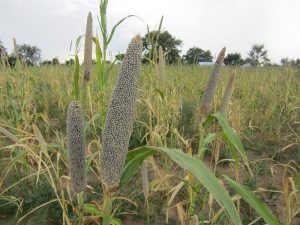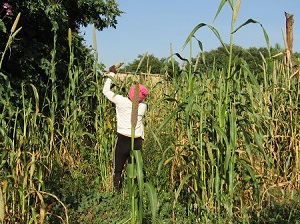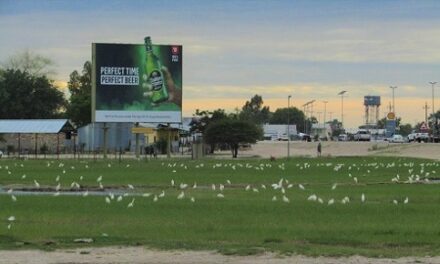
Farmers who specialise in cultivating the seasonal mahangu (pearl millet) crop in northern Namibia have started with the harvesting of their fields.
“This year’s rainfall was not the best one for us, but at least we can say thanks to God,” said Mrs Lovisa Pinias, a mahangu subsistence farmer in Omusati Region.
“Some regions are said to have received too little rain in comparison to us. At least we will get something out of our fields.”
Mahangu is the staple food for most of the people in northern Namibia, and they have relied on it for centuries as their main food, which is consumed daily after being cooked as thick porridge.
Erratic rainfall, as a result of climate change, has over the last decade affected the production of mahangu, with communities increasingly relying on maize meal bought from shops as a substitute for mahangu.
In the past years the prices of maize meal have also increased, putting a strain on the pockets of many people who have traditionally relied on mahangu production and consumption for generations.

In the photo: Mahangu stalks as seen in some villages of Omusati Region.







